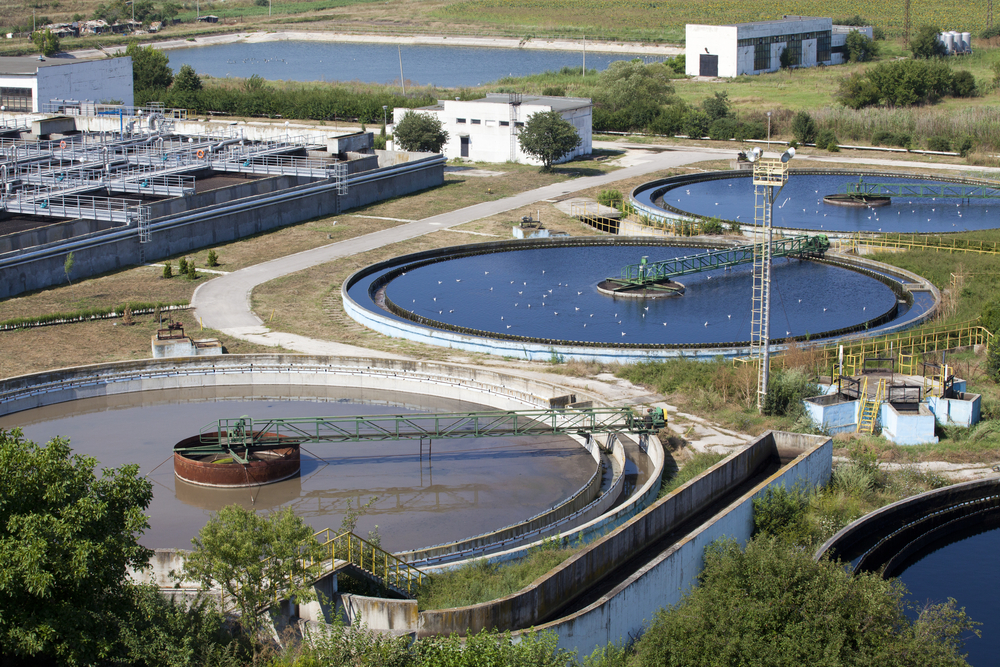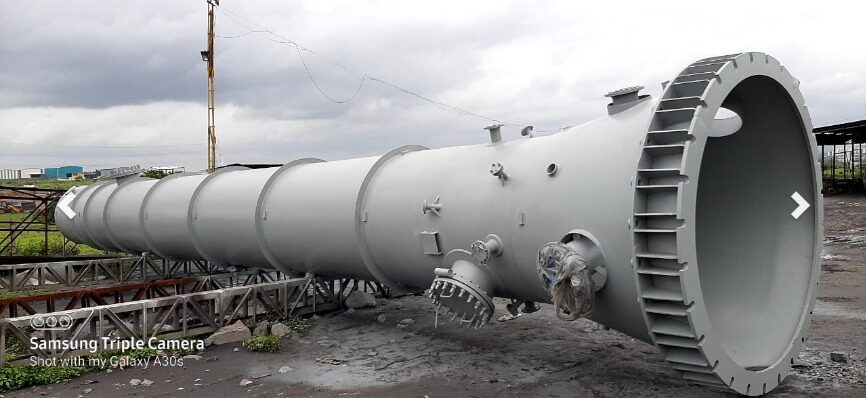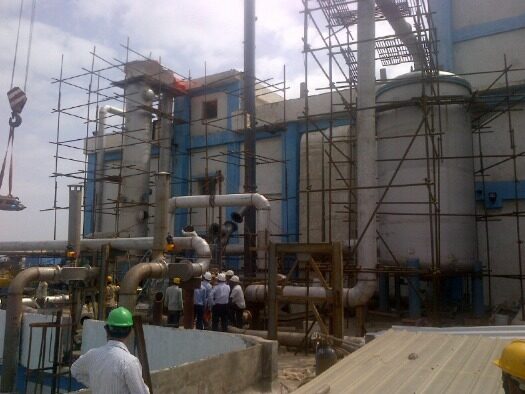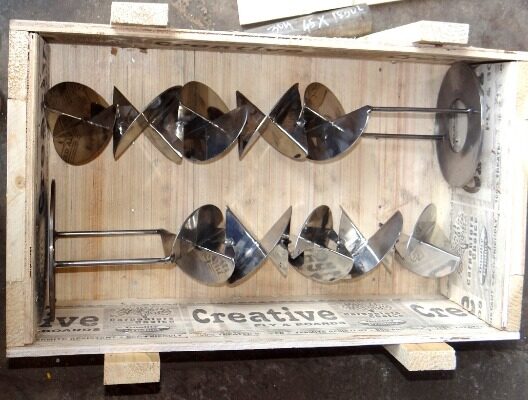ABOUT-
Over the past few years, the water treatment industry has been steadily growing and is expected to continue to do so in the upcoming years. This industry encompasses companies that offer products and services related to water purification, filtration, and treatment for various purposes like drinking, industrial processes, and wastewater treatment.
A recent report by Grand View Research states that the global water treatment market size was valued at $35.68 billion in 2020 and is predicted to reach $63.48 billion by 2028. The industry is expected to grow at a compound annual growth rate (CAGR) of 7.6% from 2021 to 2028.
The increasing demand for clean water due to population growth, urbanization, and industrialization is one of the primary drivers of this growth. Additionally, the industry is benefiting from the implementation of strict government regulations on wastewater disposal and the growing awareness of the importance of water conservation. Water and wastewater management is a promising subsector in India’s environmental era phase.
India’s call for water is projected to be two times as a whole lot as the available deliver by using 2030. To conquer those demanding situations, public and personal area centers have formidable plans to increase comprehensive water and wastewater treatment and distribution infrastructure. Demand for excessive-quit remedy technologies is developing in India.
ASSOCIATION-
| NAME | URL |
| Water Treatment Association Of India | https://www.wtaindia.org/ |
| Indian Water Works Association | https://www.iwwa.info/ |
DESCRIPTION-
Water treatment refers to the process of eliminating impurities and contaminants from water, making it safe and suitable for various applications like drinking, industrial processes, and wastewater treatment. The process usually involves multiple stages, such as physical, chemical, and biological processes, which depend on the water’s quality and source.
Physical treatment methods are used to remove suspended solids, including dirt and debris, using techniques like sedimentation, filtration, and clarification. Chemical treatment methods involve the use of disinfectants like chlorine, ozone, and hydrogen peroxide to eliminate contaminants and disinfect the water. Biological treatment methods use microorganisms like bacteria to remove organic matter and other pollutants from the water.
Water treatment is a critical process to ensure the availability of clean and safe water for human consumption and industrial purposes. It also plays an important role in protecting the environment by minimizing the impact of wastewater discharge. Properly treated water is essential to prevent the spread of waterborne diseases and improve public health in general.
RELATED EQUIPMENTS–
The water treatment industry utilizes various equipment to achieve the desired water quality and facilitate the treatment process. The commonly used equipment includes:
- Screens and Strainers: These are used to remove visible contaminants such as debris, leaves, and large particles from the water.
- Sedimentation Tanks and Clarifiers: These are used to separate suspended solids from the water by settling and sedimentation.
- Filters: Filters remove impurities from the water using physical, chemical, or biological methods. Sand filters, activated carbon filters, and membrane filters are common types of filters.
- Chemical Dosing Systems: These add chemicals like coagulants and flocculants to the water to enhance the settling or filtration process.
- Disinfection Equipment: Chlorine and UV disinfection systems are common equipment used to kill or remove microorganisms from the water to make it safe for human consumption.
- Reverse Osmosis Systems: These remove dissolved impurities like minerals, salts, and other contaminants from the water.
- Pumps and Valves: These regulate the flow of water and chemicals in the treatment process.
- Storage Tanks and Distribution Systems: These store treated water and distribute it to the end-users.






